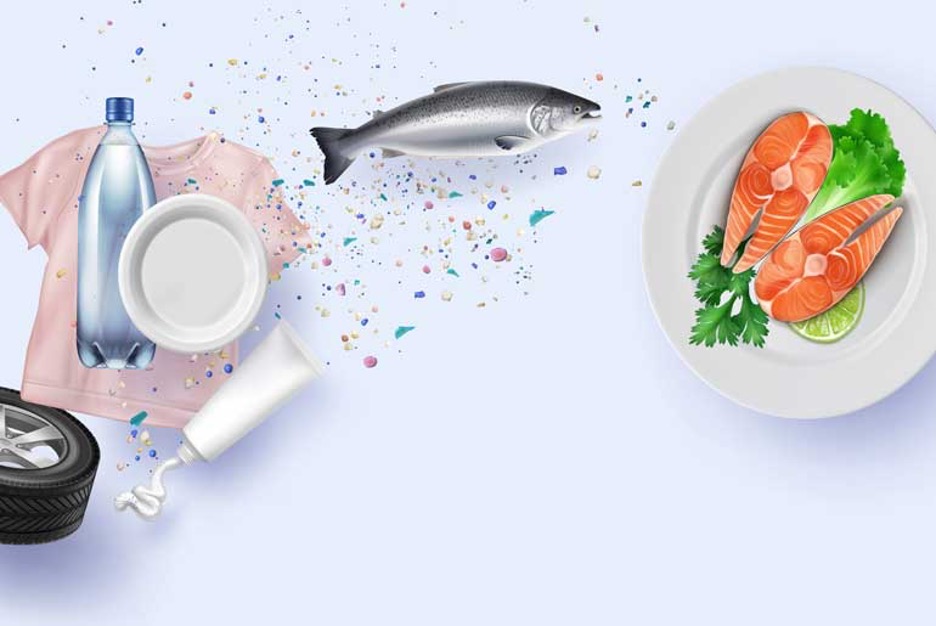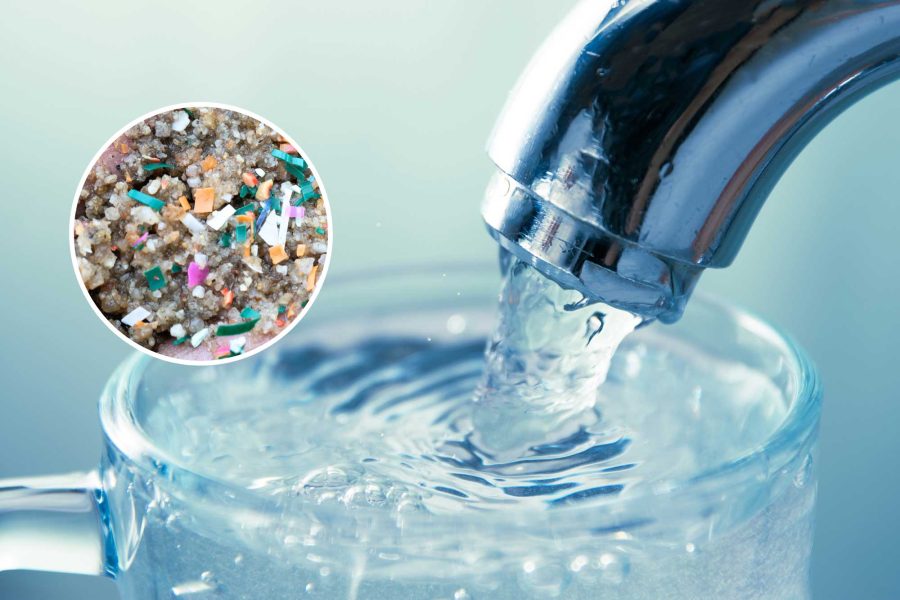
It came in the form of a truly pioneering study where scientists at the University of New Mexico found microplastics in all 23 human samples within the testicular tissue. The team, led by Dr. Xiaozhong John Yu, reported 12 kinds of microplastics. Polyethylene, commonly found in plastic bottles and bags, was the most prevalent. Compared with previously established levels in human blood, the stated values of microplastic in these tissues were genuinely high.
Understanding Microplastics
Microplastics are everywhere in our environment, originating from the breakdown of larger plastic items and from products like cosmetics and synthetic fabrics. These tiny particles can enter the human body through various routes, including:
- Eating contaminated food and water
- Inhaling of airborne particles
- Absorption through the skin
The discovery of microplastics in testicular tissue raises concerns about potential impacts on reproductive health and overall well-being.
The Hidden Threat of Microplastics
While the full health consequences of microplastic accumulation in human tissues are yet to be fully understood, scientists are concerned about potential risks. Dr. Yu’s team noted that the presence of polyvinyl chloride (PVC) plastic in testicular tissue is particularly troubling, as it may interfere with spermatogenesis and disrupt the endocrine system.
Their study comes amid growing global concern over declining sperm counts. A 2022 meta-analysis published in the journal Human Reproduction Update reported a 51.6% drop in sperm counts between 1973 and 2018. While multiple factors contribute to this trend, environmental contaminants like microplastics are suspected to play a role.
What can be done
Earlier, Dr Yu himself warned that the results of this study should not be translated into something to panic about but rather encourage and advocate for lifestyle changes to minimize exposure to these microplastics. Following up on recent studies where microplastics were found in human placentas, there is a need for further investigation into the long-term effects of microplastics on reproductive health and other bodily functions. To reduce personal exposure to microplastics, individuals can:

- Use reusable water bottles and avoid single-use plastics
- Filter tap water
- Reduce consumption of packaged foods
- Choose natural fiber clothing over synthetic materials
On a broader scale, continued research is crucial to fully understand the long-term effects of micro-plastic exposure on human health.
Looking forward
As evidence linking microplastics to various health issues continues to come up, so too is the global effort to address plastic pollution. Recently, 175 United Nations member countries committed to developing a global plastics treaty, in order to address this growing problem.
As our understanding of microplastic pollution grows, so too does the urgency to address this global issue. The discovery of microplastics in human testicles serves as a wake-up call, highlighting the need for concerted efforts to reduce plastic waste and develop innovative solutions for removing existing microplastics from the environment.
While the challenge is significant, increased awareness and collective action offer hope for mitigating the impact of microplastics on human health and the environment. As we move forward, continued research, policy development, and individual action will be crucial in addressing this pervasive form of pollution. Could these microplastics be a result of certain food products we consume? At Dinera, we are leveraging a unique approach to exploring these issues by bridging Academia, Government, and Industry to ensure food safety and security while contributing to global research for the well-being of all.


